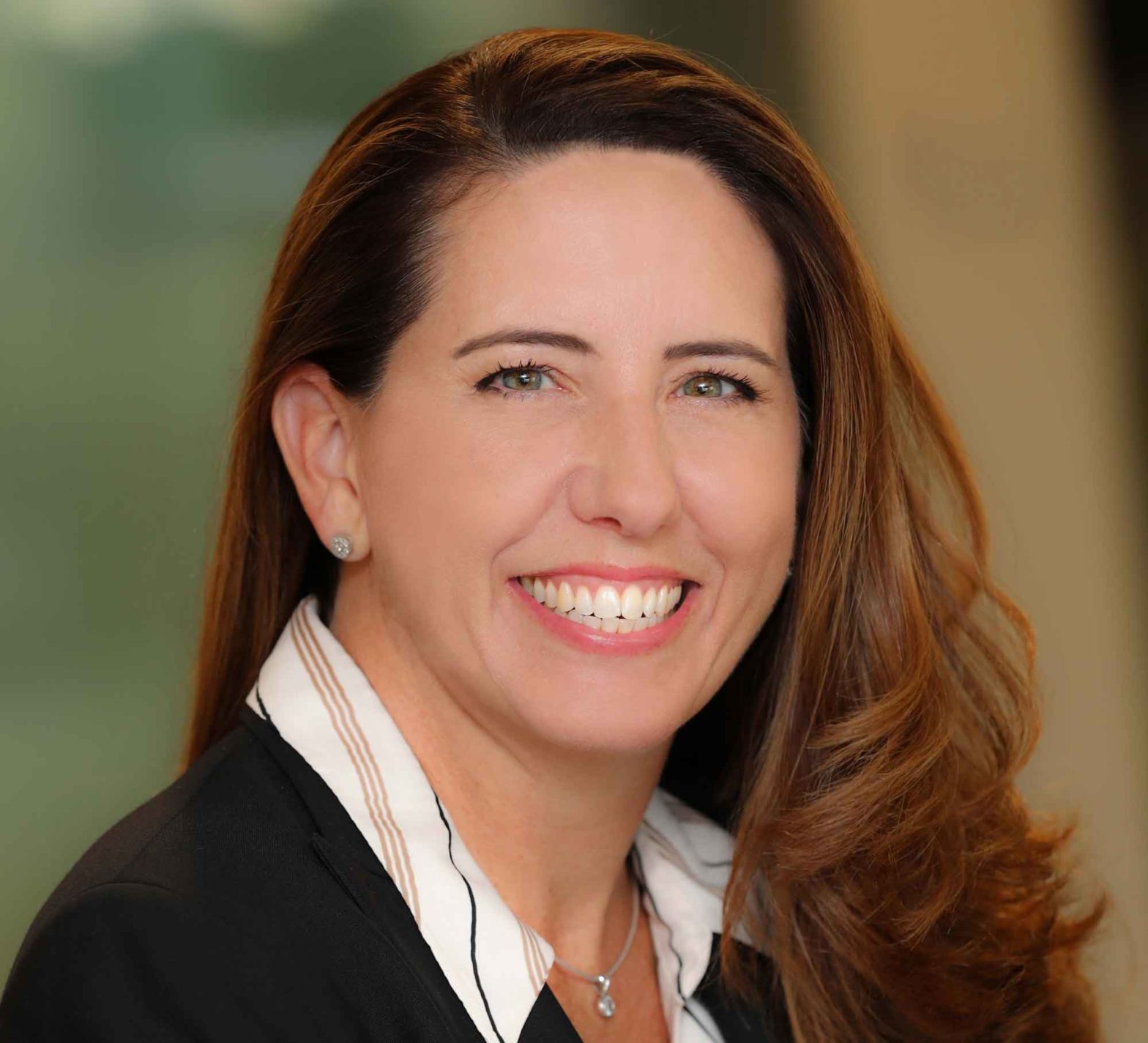
Photo: 3P5A4848
DC named first US ‘Lighthouse City’
03 November 2016
by Jonathan Andrews
Jonathan Andrews spoke to Archana Vemulapalli, Chief Technology Officer, Washington DC, about the city’s newly installed IoT capabilities along Pennsylvania Avenue and being named Cisco’s first US Lighthouse Project
Would or could the Pennsylvania Project 2040 (see video), that has implemented practical Internet of Things (IoT) technologies along Pennsylvania Avenue, be expanded across the city?
The intent of the PA 2040 project is intended to allow us to evaluate scalable and sustainable models that solves real-world city challenges. There are situations where the exact model of PA 2040 would likely fit very well in parts of DC such as other densely populated areas with existing city assets like cabling conduits, traffic lights, and traffic cabinets.
There may be other areas where this model would not exactly fit and we may alter the solution to be as cost efficient and as sustainable as possible. Now that we have the PA 2040 environment in place, we can now model and evaluate multiple scenarios that may exist.
What is the financial model?
Although we do have industry partners involved in this project, the result is largely a government-owned and managed infrastructure. We are open to P3 models where they benefit the city most, but in this case it was important that the city controlled the environment to allow us to evaluate all aspects to include service resiliency, cyber security, and sustainability.
What results do you expect to see from the project in the short and long-term?
In the short-term we will expand the city’s public Wi-Fi service ubiquitously in this 3 x 3 block area. It will allow our District Department of Transportation to evaluate the capabilities of a more intelligent lighting system (proximity sensors and others and will provide wireless connectivity enabling other ‘smart city’ applications to be tested and evaluated. In the long-term it will demonstrate that a connected city delivers better outcomes. True success is when residents’ experience with city services improves and city agencies can do more or perform better.
We will develop saleable and sustainable models to deliver these types of capabilities across the city and evaluate other P3 models that leverages the city’s assets such as street lights.
Have other cities approached you to ask about your experiences of the project, and to use as a best practice?
We have been engaging with several cities across the nation (San Francisco, Chicago, New York, Atlanta, etc.) and around the world (The Hague, Singapore, Barcelona, etc.) on several topics including our PA 2040 project.
We co-founded, with San Francisco, the Council of Global City CIOs because we realise that in order to go bigger, faster, and safer we cannot do it alone. We will need a collective and global strategy. We are going to work together to focus on developing a smart cities model, bringing broadband connectivity to everyone, and accelerating the digitisation of government through open source code-sharing. One of the key enablers is the city’s extensive government-owned fibre footprint and several other cities have indicated that they hope to replicate our model.
Moving now to the Lighthouse Project, what will this involve?
One of the foundational components of Cisco’s Lighthouse effort with the District will be collaborating with DC public schools as well as local universities to help develop the next generation workforce for a ‘Smarter DC’.
This includes expanding STEM [Science, Technology, Engineering and Mathematics] programming with Cisco and we are committed to launch additional Networking Academies in DC in 2017 as well as working closely with CISCO to develop new delivery models for workforce development via TelePresence.
To us, a lighthouse project integrates and scales multiple technologies across numerous business sectors. But the project is not just about technology; it’s about empowering residents and business through technology.
Cisco also committed to work with a diverse group of entrepreneurs on innovation to solve city challenges. They will be working with Luma Lab at the Technology & Innovation Hub at Howard University on programming with Cisco DevNet and Networking Academy content.
The ultimate technology focused goal of this project is not to solely deliver one individual solution but rather to become an environment of solutions interacting in purposeful ways that delivers a greater city impact. For example, delivering Gigabit wireless services that not only provides responsive public Wi-Fi service but also serves as an enabling platform for other ‘smart city’ capabilities such as intelligent lighting, smart parking and smart environment sensing.
Our PA 2040 project will become living lab ecosystem of technologies and business solutions interacting across platforms to help us to develop models of integration, interoperability, scalability and sustainability.
How did the city come to choose Cisco as its partner?
For a city to deliver better, faster and more efficient services, it needs to build the right partnerships not just internally but with key external partners as well. With Cisco’s partnership we can truly demonstrate how a committed workforce in the nation’s capital and an industry leader can help drive transformative changes in a city.
Although Cisco won’t be the last industry partnership that the city develops, it does make sense that it one of the first as infrastructure is one of the initial building blocks for smart and connected city. It is our vision that the partnership will lead to achieving many of our digital infrastructure goals which will enable many more ‘smart city’ capabilities.
Did you look at other cities’ examples as a guide?
We are working with Chicago through the Council of Global City CIOs and so closely share at the working level efforts cities have been engaging in. We continuously collaborate with other cities and nations to understand lessons learned and to share ideas, but this model was enabled by our environment that seems to be largely unique to DC.











